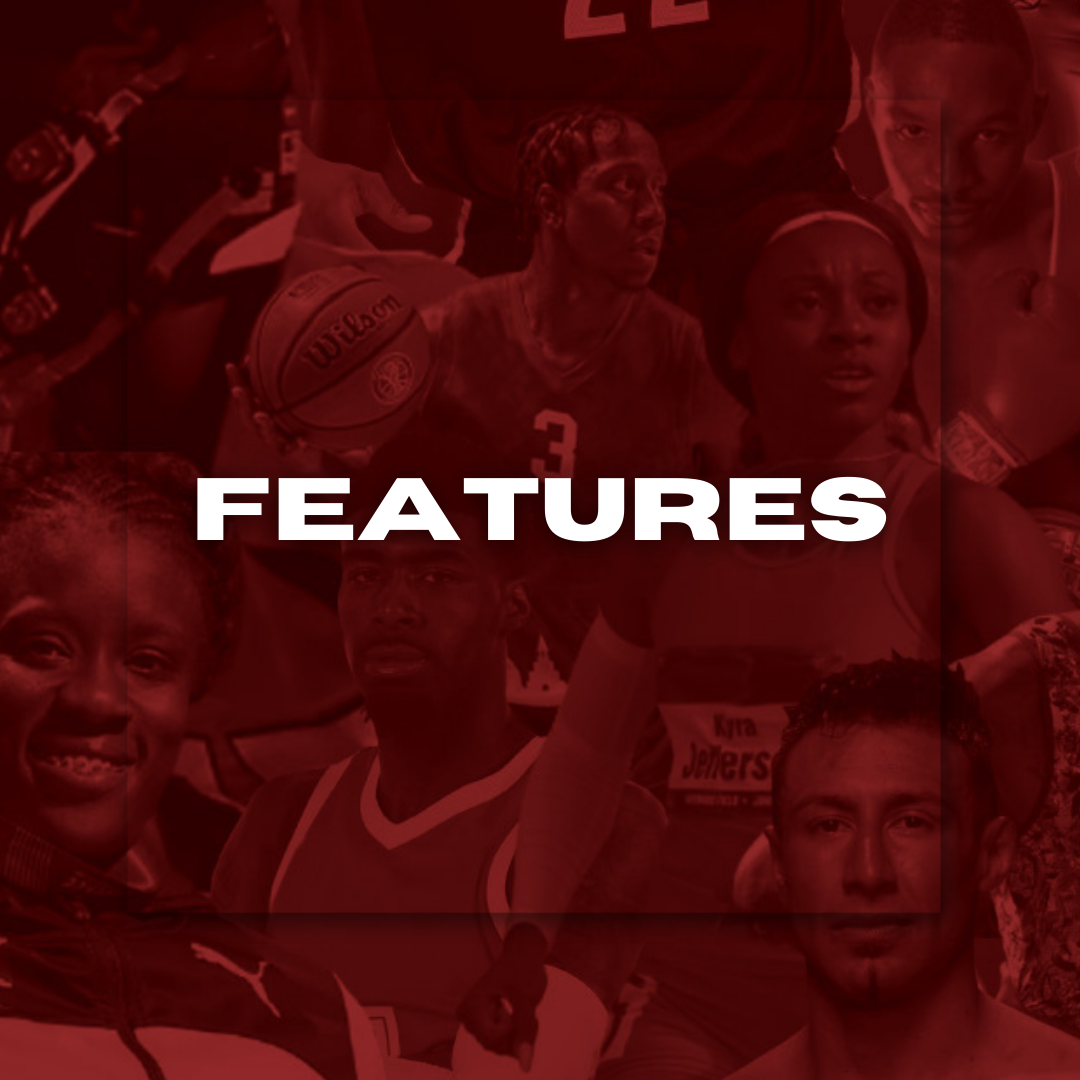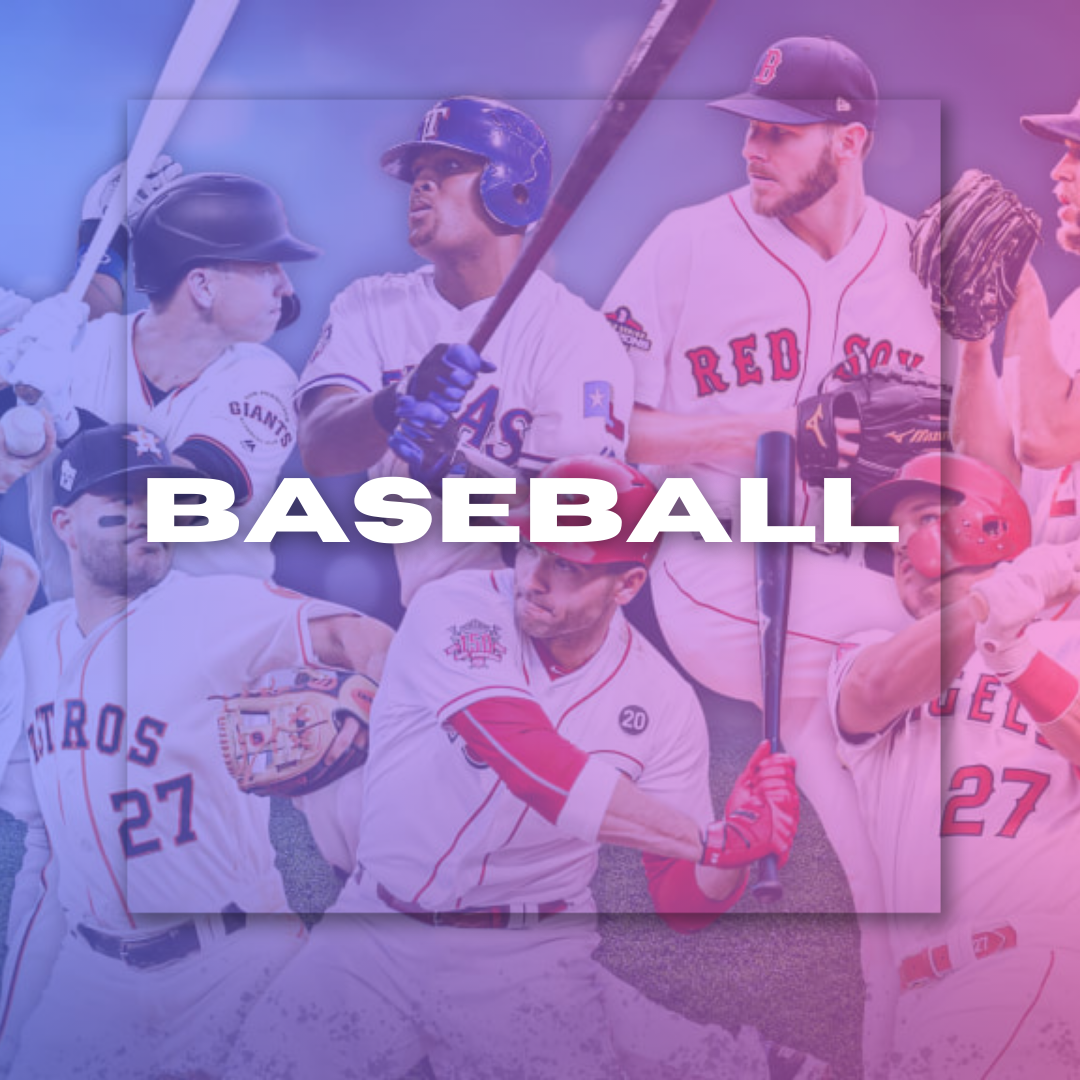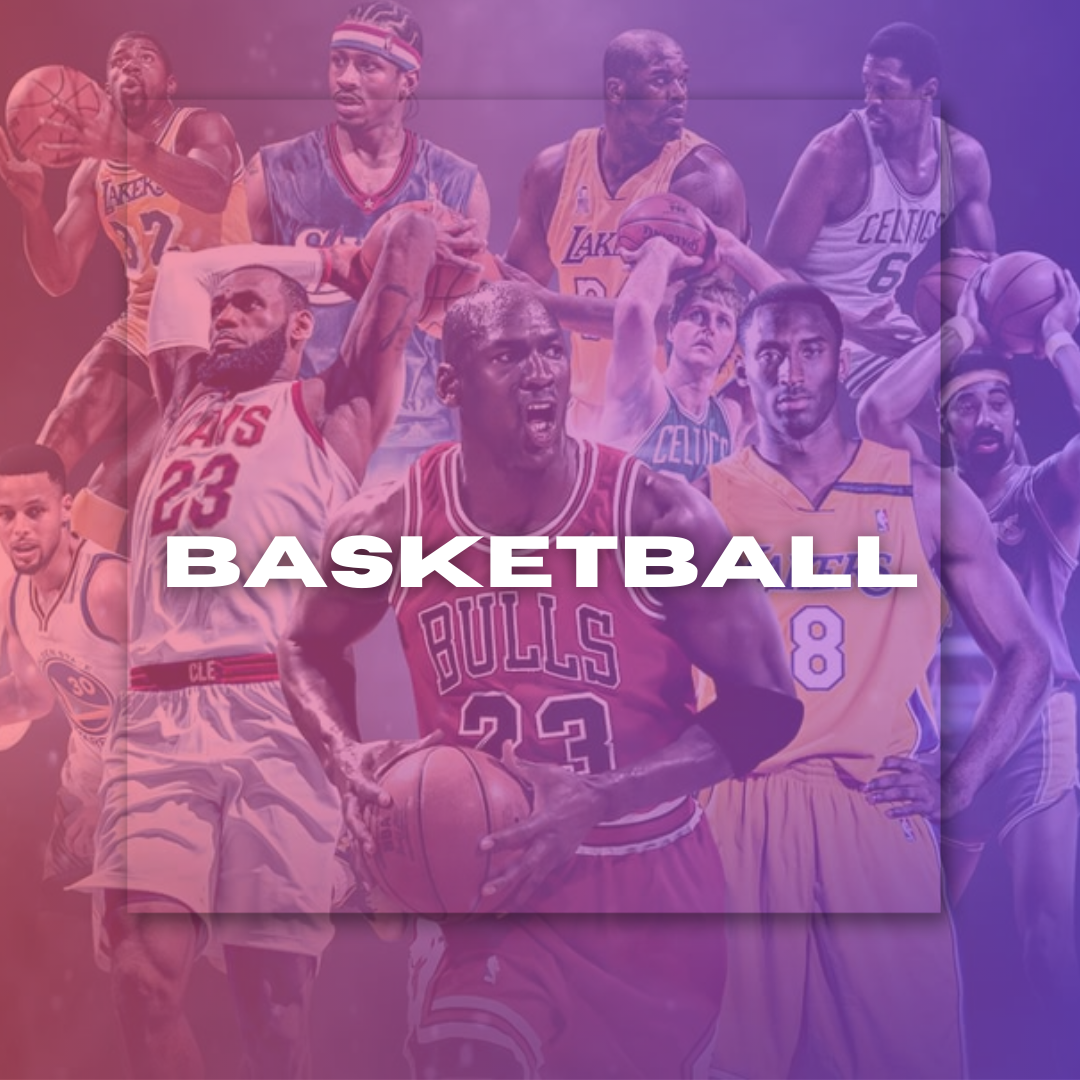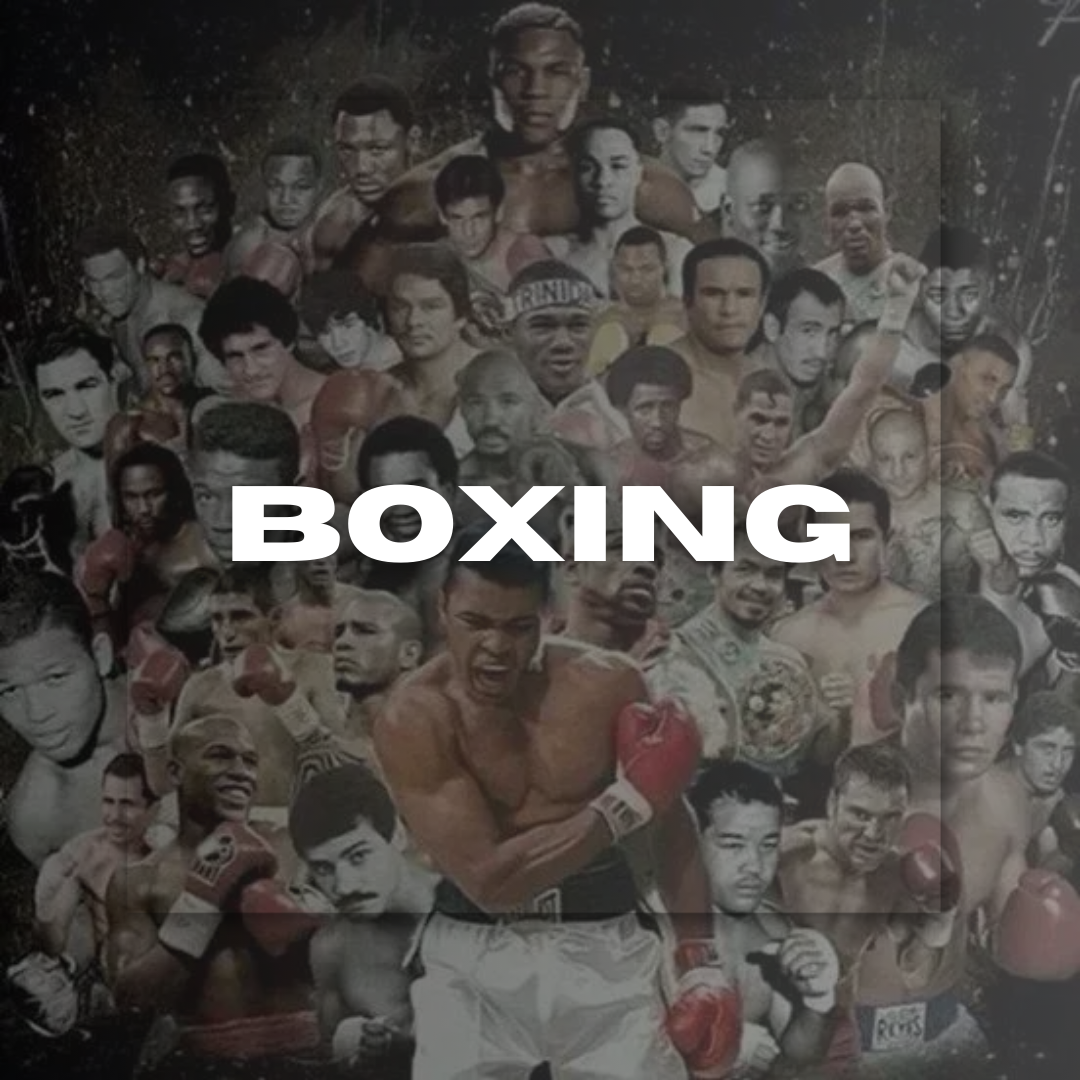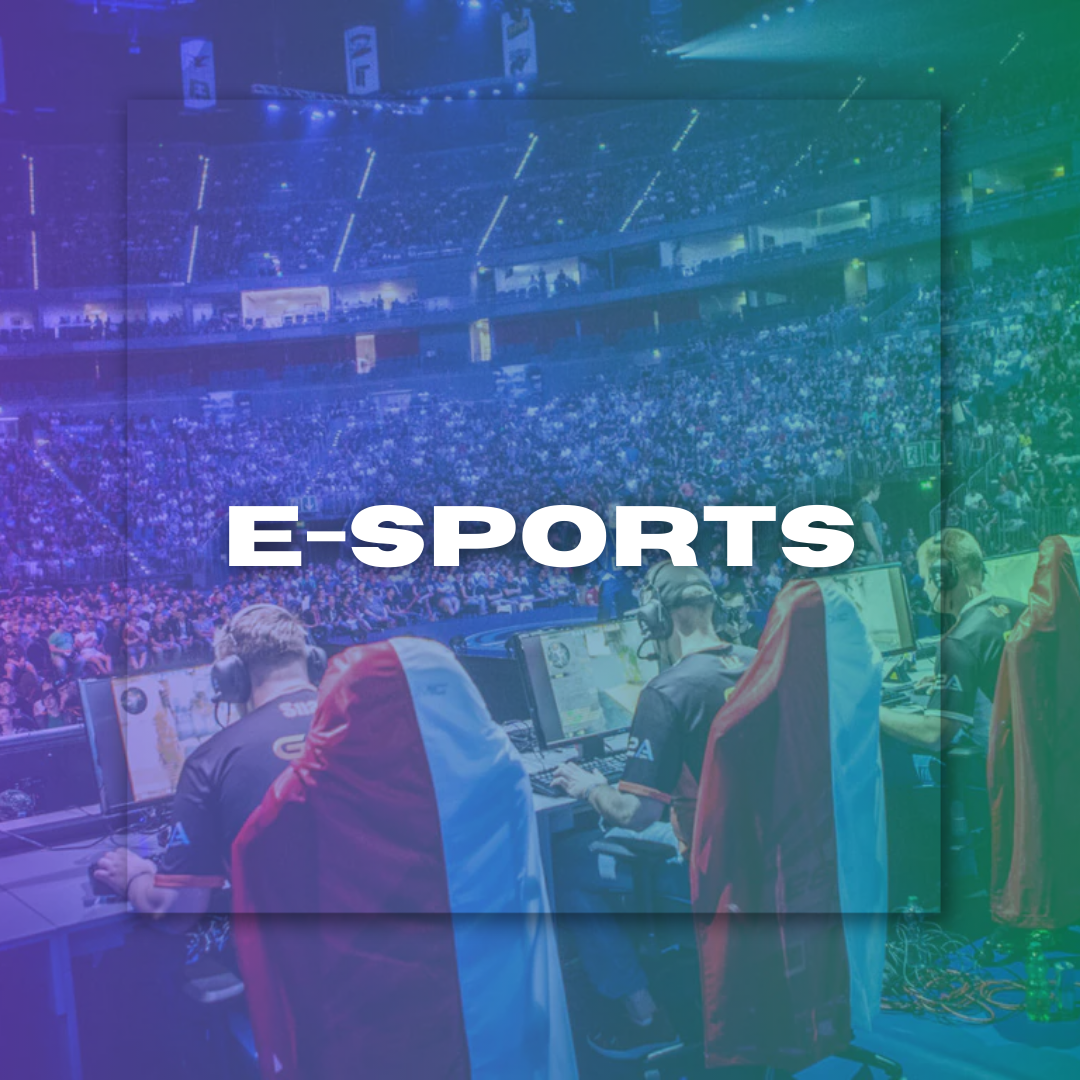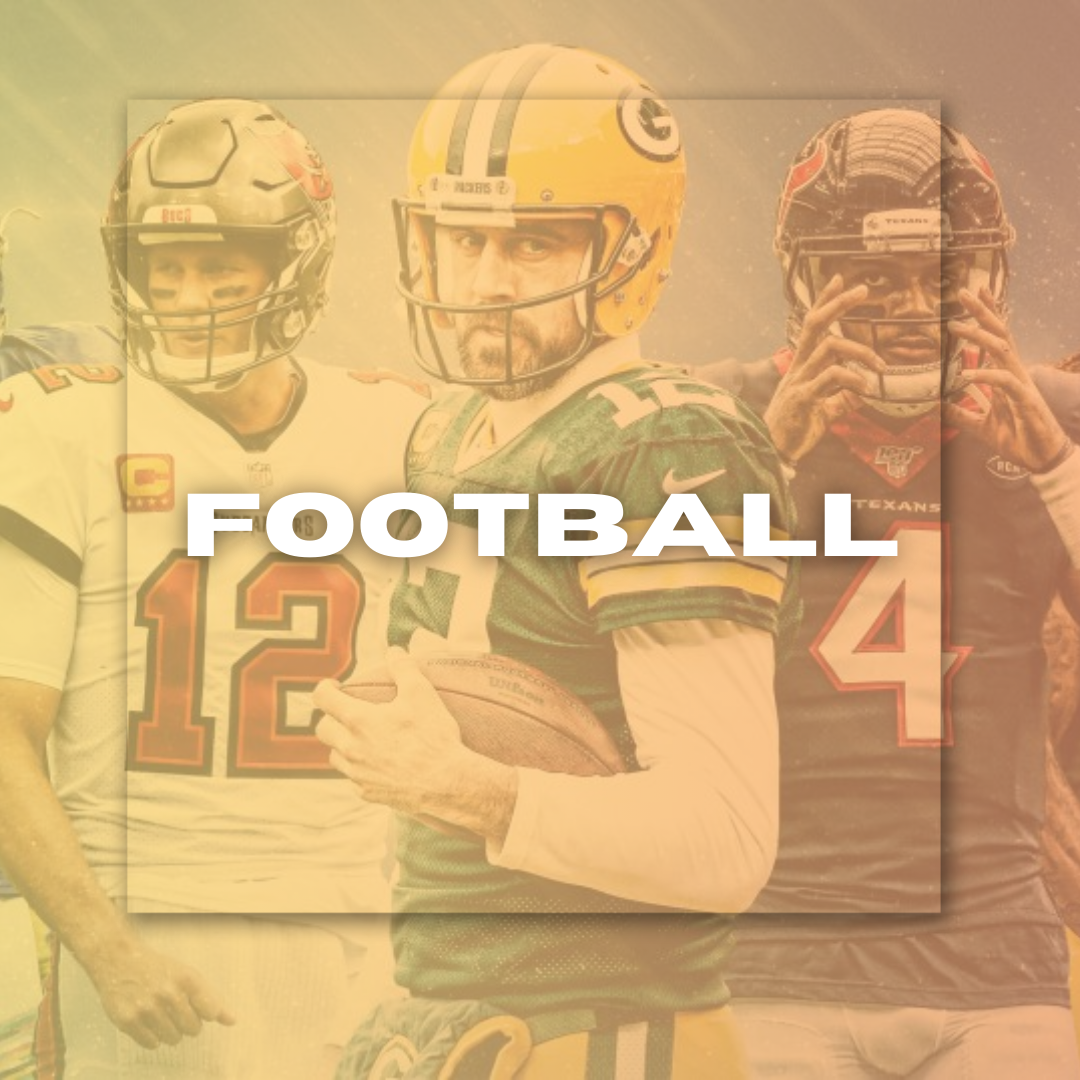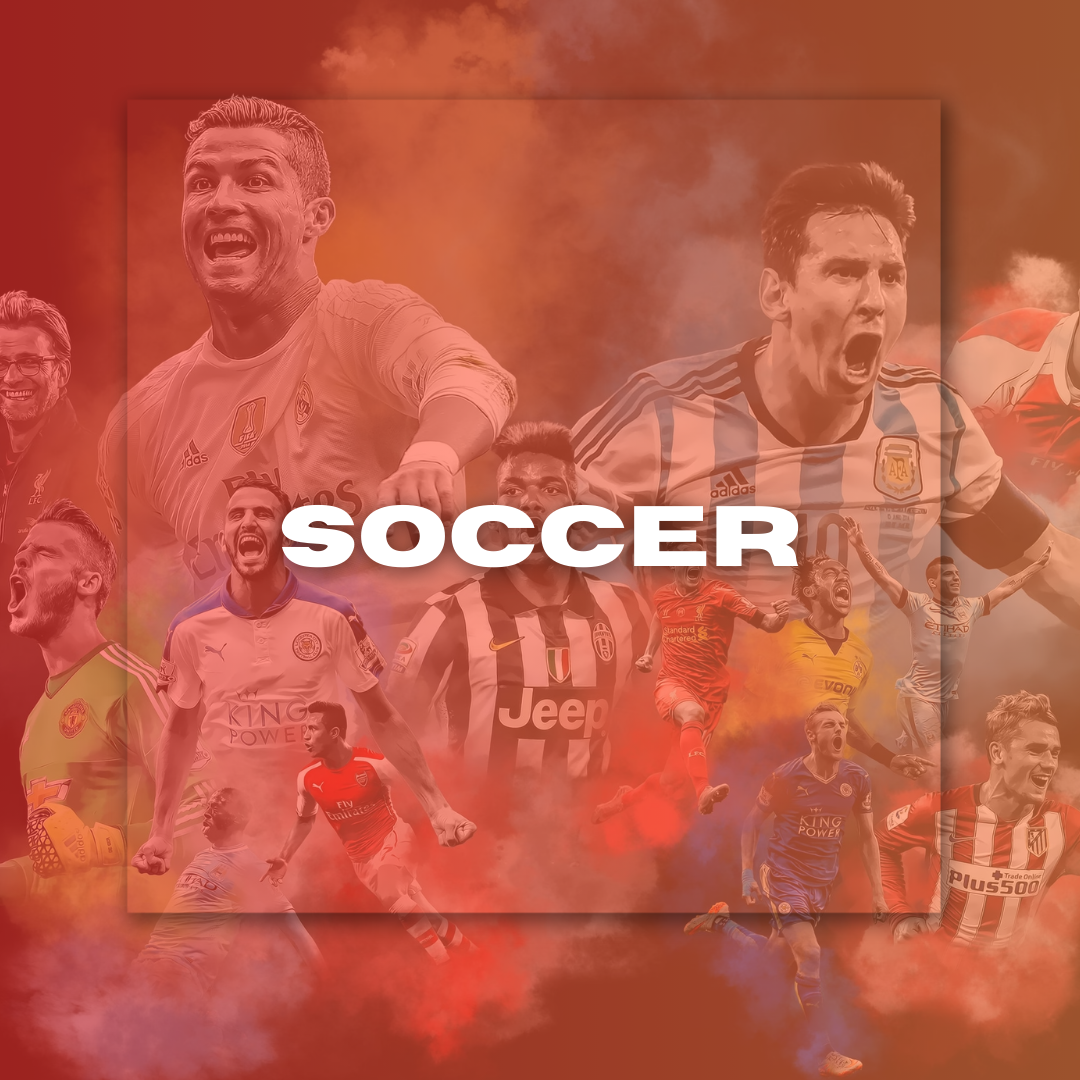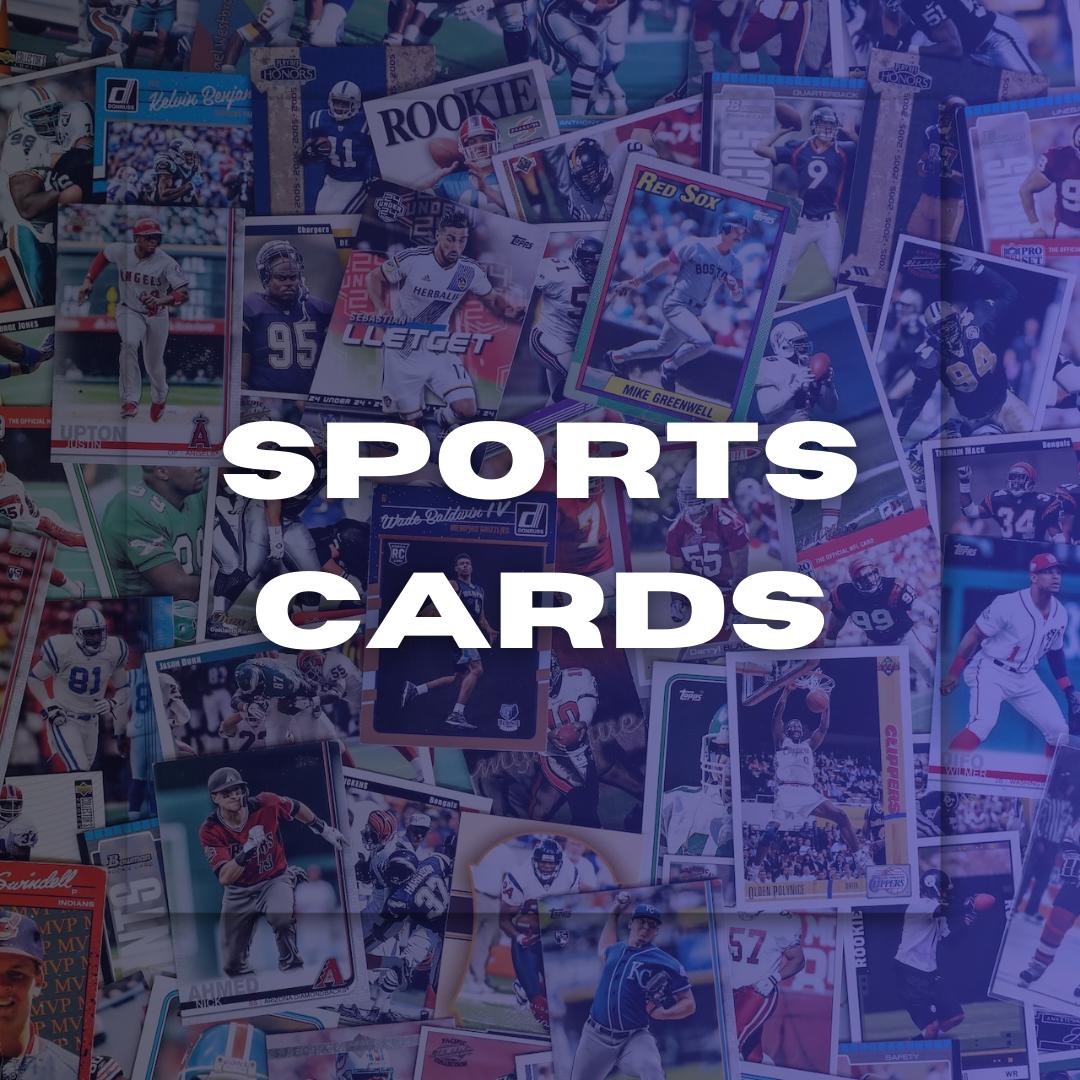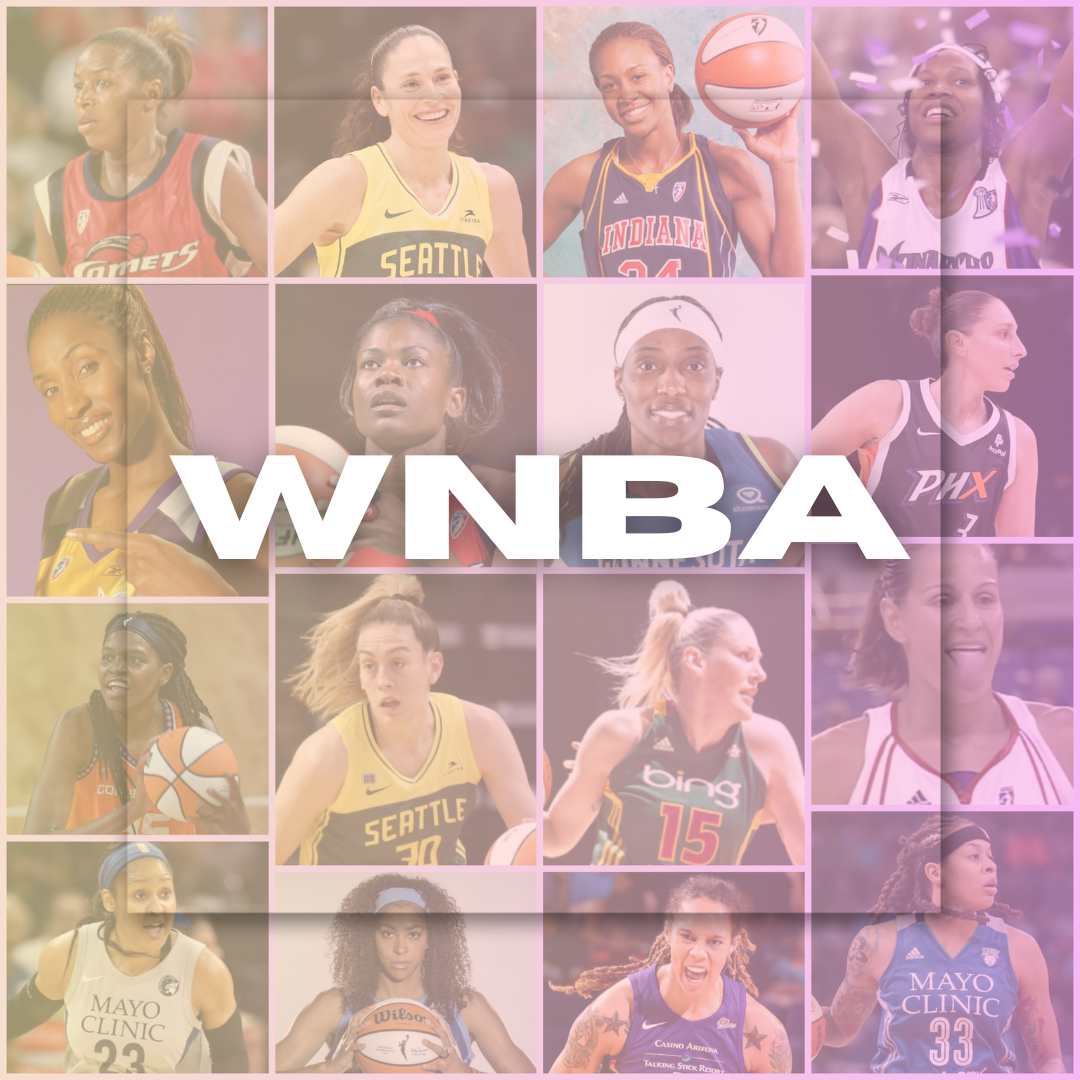
Athlete Misconduct: How Off-Field Actions Affect Team Dynamics
Athlete Misconduct: How Off-Field Actions Affect Team Dyn...
By Edcel Panganiban August 08, 2024 03:44
Athlete misconduct has emerged as a pivotal concern within sports, extending its ramifications beyond the individuals involved to envelop entire teams and organizations. This phenomenon isn't confined to merely the boundaries of the playing field; instead, it encapsulates a range of off-field actions and behaviors that defy legal, ethical, or professional norms. At the heart of these issues lies how these actions influence team dynamics, morale, and overall performance.
This exploration discusses the multifaceted effects of athlete misconduct, including legal troubles, substance abuse, and inappropriate conduct. It examines the strategies team management and organizations can employ to mitigate these impacts. By understanding these dynamics, we can begin to address the broader implications of such behavior within the sports realm and the societal context, hereby offering insights into the intricate relationship between individual actions and collective outcomes.
Defining Athlete Misconduct
This type of athlete misconduct includes several off-field actions and behaviors that contravene the law, ethics, or professional standards. These have real implications for an athlete's reputation and, hence, team chemistry. Examples of Misconduct:
Legal complications: When you have been a part of criminal activities such as buying or consuming alcohol before 18, assault and battery, theft like shoplifting, etc., you might end up having large legal ramifications coupled with public shame.
Substance Abuse: Using prohibited drugs on or off the field is a direct violation of league policy, as well as being unhealthy and detrimental to your performance.
Inappropriate Conduct: Instances of harassment, discrimination, or behavior that potentially undermine the integrity and cohesion within a team.
How Athlete Misconduct Affects Team Relations
What makes this personal issue even worse is the negative impact on others: teammates, the new coach, and team performance.
Team Morale
Misconduct from a team member can decrease morale among teammates. Most notably, when a former NFL player named Ray Rice was suspended following an incident of domestic violence, it caused a large divide within the Baltimore Ravens. He disappointed and betrayed his teammates, damaging their on-the-field chemistry.
Cohesion and Trust
Trust is core in any productive team setting. As trust breaks down, misconduct often leaves the team divided. For instance, in 2014, the Los Angeles Clippers were rocked when their former owner, Donald Sterling, was caught on tape making racist remarks. At the very least, it caused player trust in management to melt down, creating a public relations disaster that made performance secondary.
Overall Functioning
In short, misbehavior affects the long-term health function of a team. Practice schedules may be disrupted, lineups can change, and the focus of a team can go from competing during their respective season to crisis management.
Management and Organizational Policies
Careful management is imperative to minimize the impact of athlete misconduct on team dynamics. Some best practices can be followed:
Prevention Strategies
Team Education and Awareness: Teams should offer training on the consequences of misconduct, including legal implications and personal and team reputations.
Establish clear policies: Having written codes of conduct and established policies regarding acceptable behavior will assist players in defining the boundaries.
Support Systems
Support systems, such as counseling and rehabilitation programs within the system, can address the core issues behind athletes' misbehavior.
Ex: The NBA has put programs in place to help players abusing substances, focusing on helping them get clean so they can play again.
Ramifications
This is more than just an example of professional athlete misconduct; it reflects society on a wider scale and the possible consequences that such behavior can have from both societal and media standpoints, which translates directly into public perception, sponsor confidence, or lack thereof.
Public Perception
The power of the media to influence public perceptions about teams and players makes it an equally important element. When dealing with high-profile misconduct cases, there is a good chance of receiving bad press, which could ruin the public image both for the athlete and the organization.
Sponsorship and Endorsements
It's not unusual for companies to flee from athletes connected with scandals in an attempt to save face.
Personal Brand
Ask any athlete, and they will admit that their brand off the field, court, or mat has a lot to do with how long they play the game. Misconduct can destroy a brand's image, so it's hard for them to get opportunities in the future within or outside of sports.
There are athlete misconducts galore, and they have one too many destructive repercussions on a team's attitude. That eventually affects how teams should perform in the public eye. Organizations can simulate effective management strategies to lower that risk based on what we know about the common types of misconduct and how they affect teams.
Supportive structures like education, clear policies, and devised support mechanisms should be made a practice to create an environment for troops fighting in battles as well as the game to widen up their world of sports running on ethical bases.
LATEST
- NEWS
- |
- ARTICLES
- |
- VIDEOS

























































